Rosa Bonheur is recognized for her ability to represent animals from an anatomical and psychological point of view .
The way she looks at the world around her demonstrates a completely exceptional vision of flora and fauna , both domestic and wild .
Rosa Bonheur is characterized by "A powerful and innovative work" .
With her own animal studies , she is interested in the psychology of living beings that she does not seek to hierarchize . In this , she is a precursor of animal studies .
Her sculptures and her paintings will enjoy great success for their very realistic character .
Sculpture signed "ROSA.B" in hollow , on the naturalist oval terrace .
Mark of the founder "PEYROL" on the edge of the terrace , François Auguste-Hippolyte Peyrol who was Rosa Ronheur's brother-in-law .
Old edition sculpture , period second half of the 19th century , circa 1875 .
Perfect state of conservation and patina .
The original model of Rosa Bonheur's "Reclining Ox" was designed in 1846 as a study for her first large painting "The oxen of Cantal" .
An identical example of this model is kept in the permanent collection of the Metropolitan Museum of Art in New York .
Dimensions : 14.5 cm x 28.8 cm x 18 cm
Painter and sculptor , considered an icon of women's emancipation , Rosa Bonheur placed the living world at the heart of her work and her existence and was committed to the recognition of animals in their singularity , expressing in her work their vitality and their "soul".


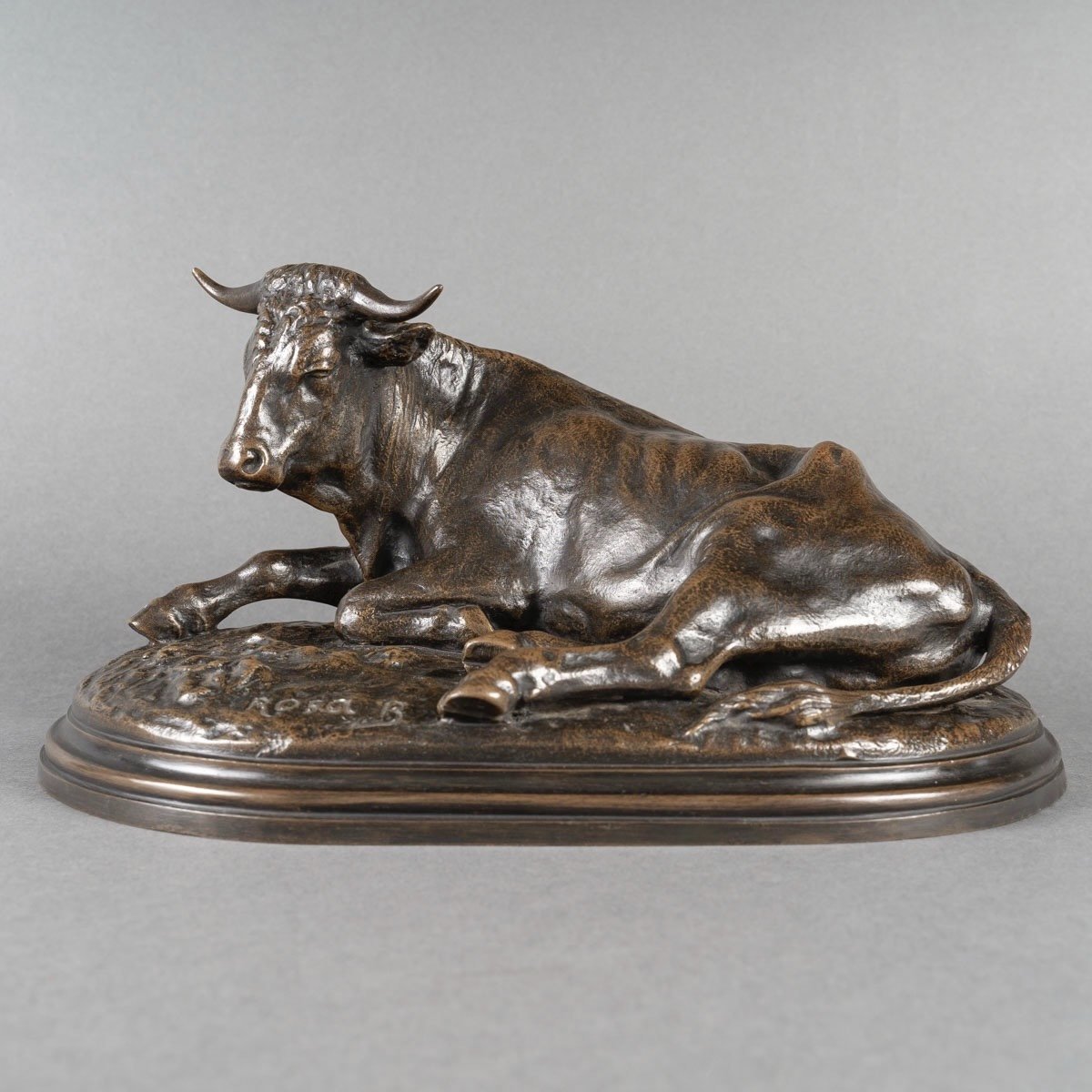
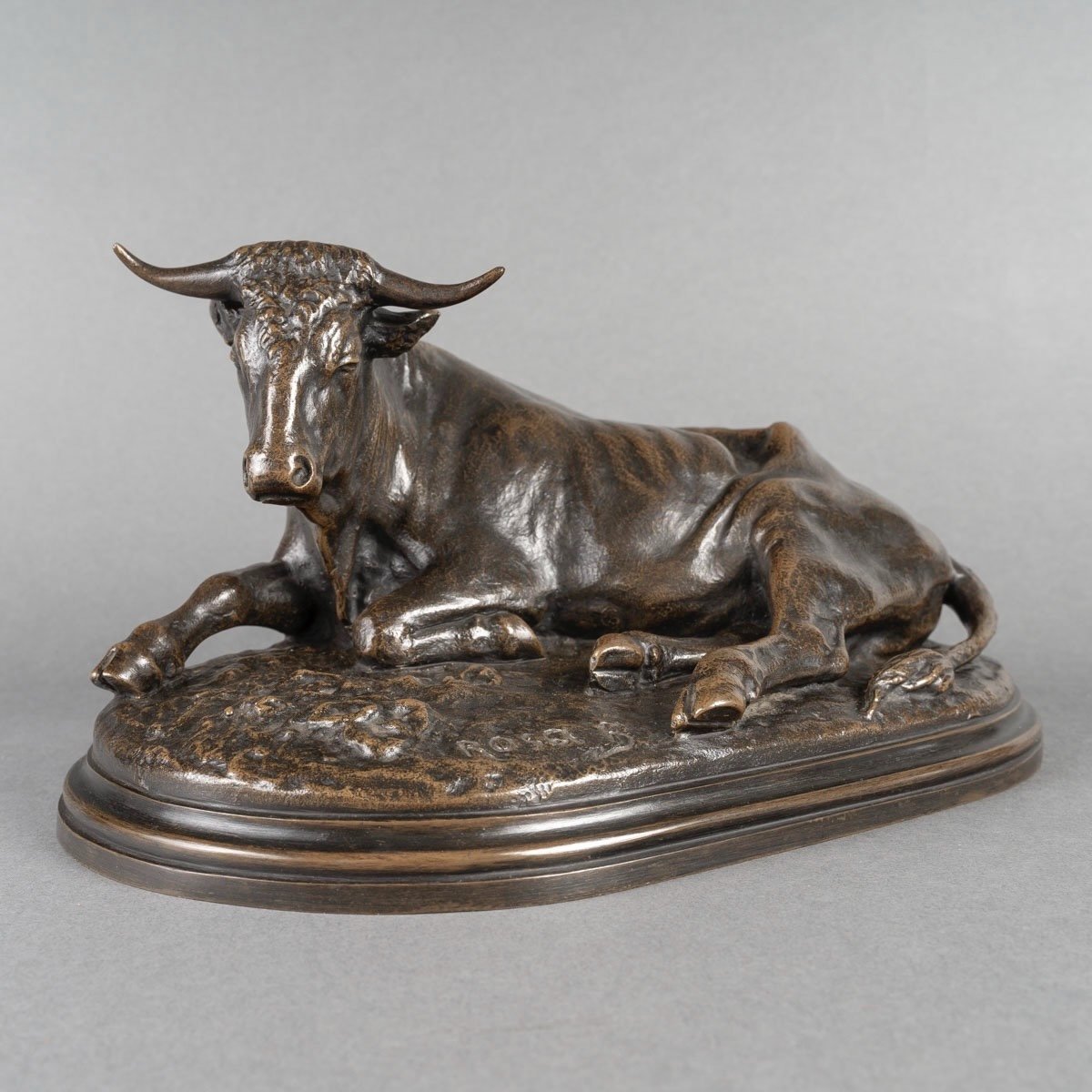


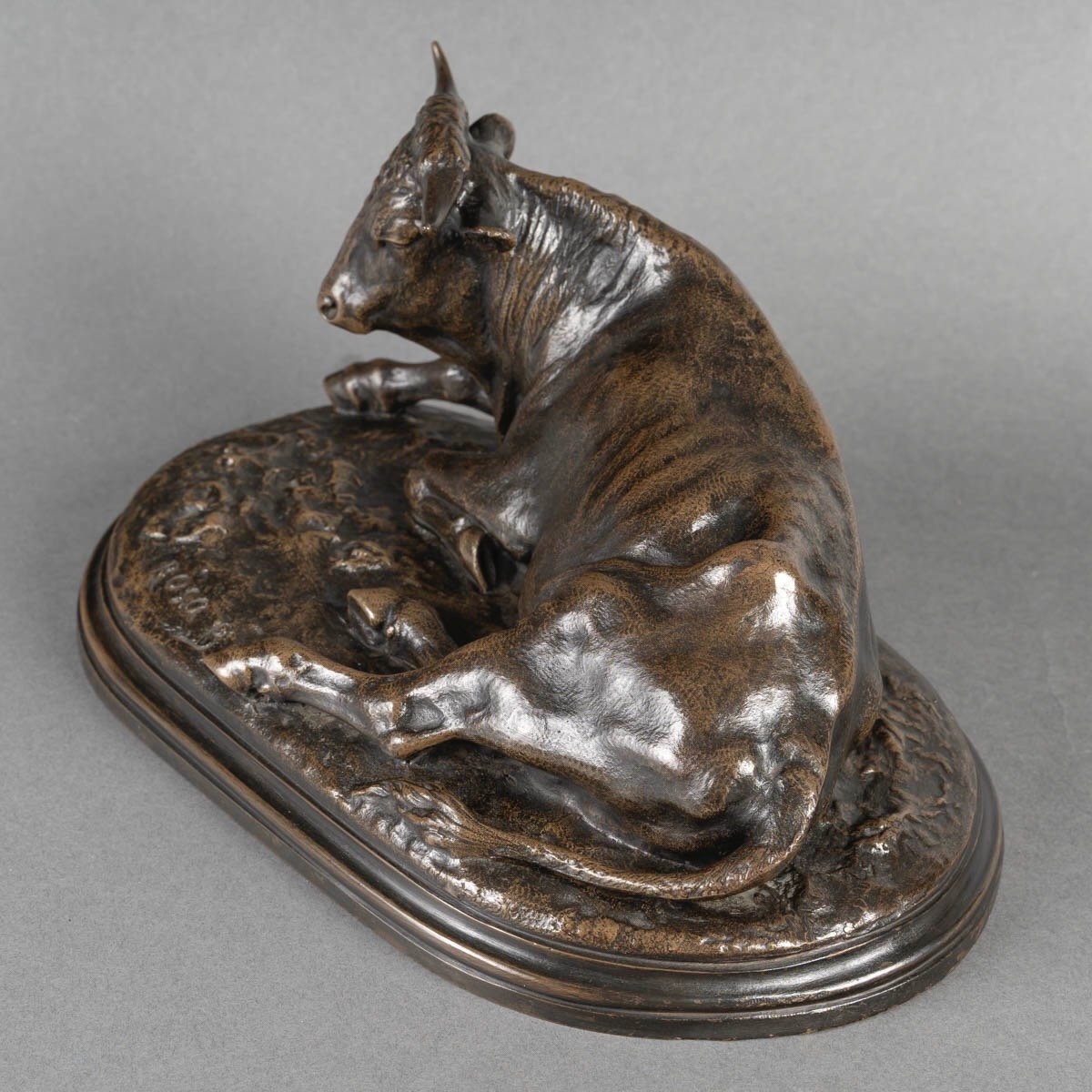

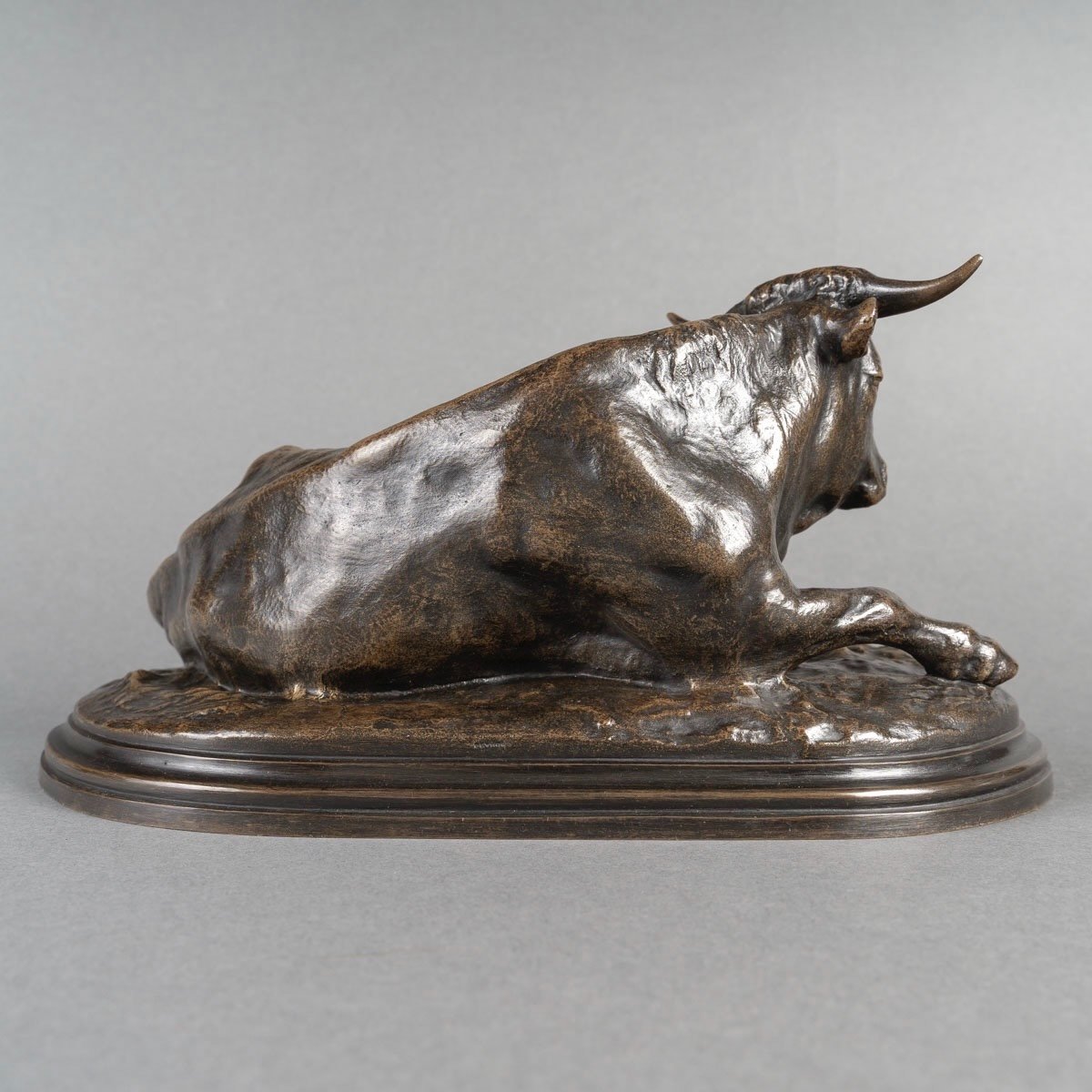
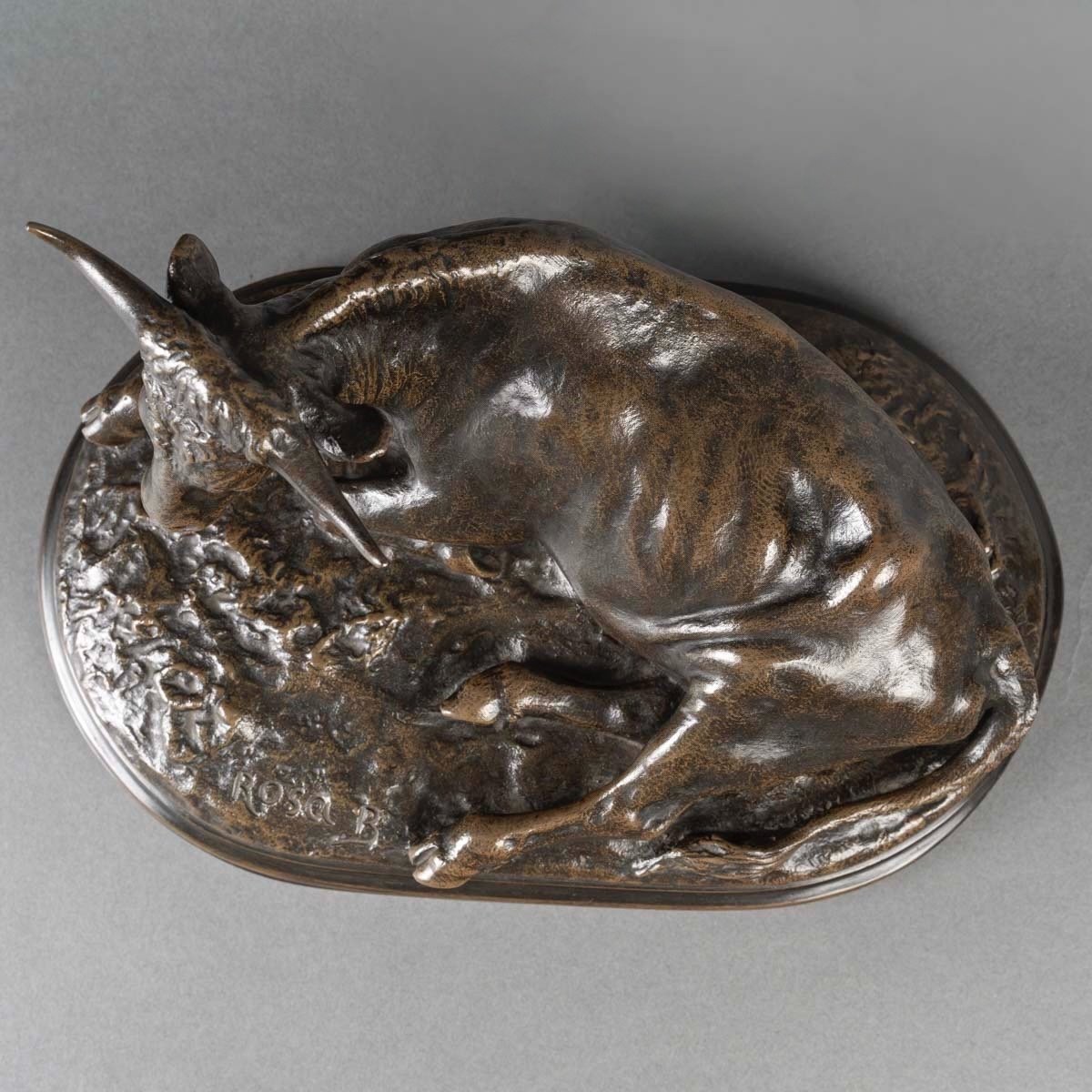

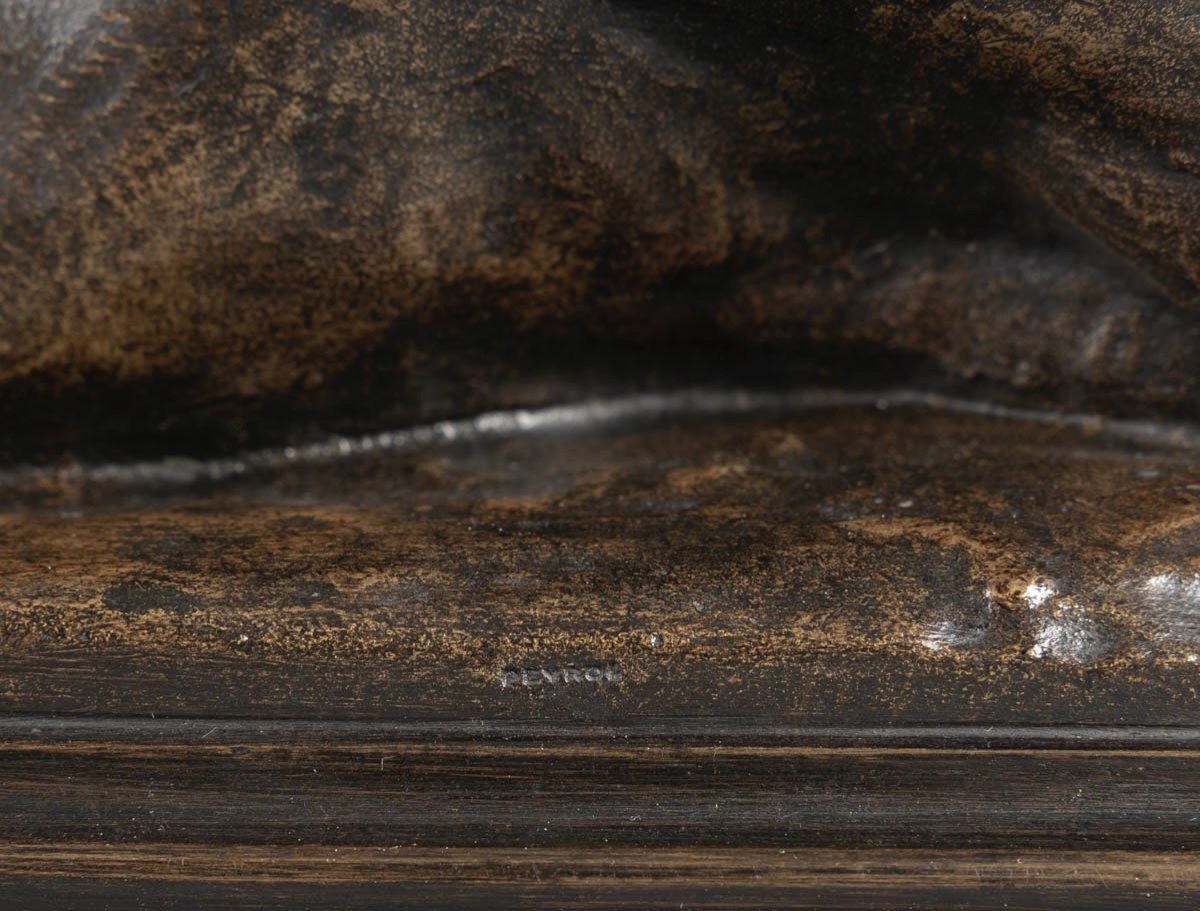













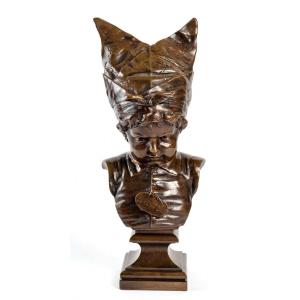
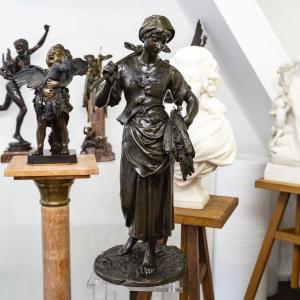




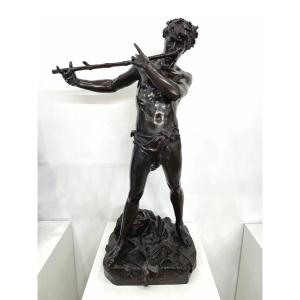


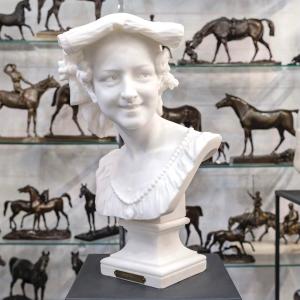


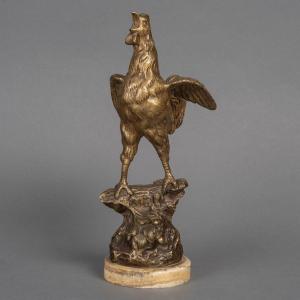

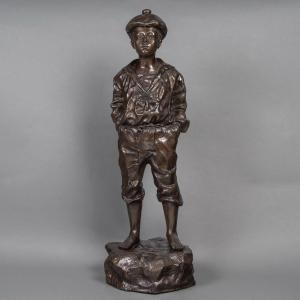
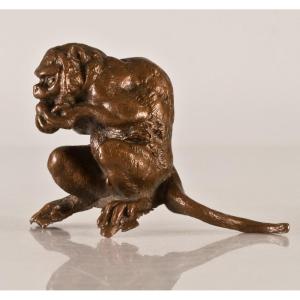

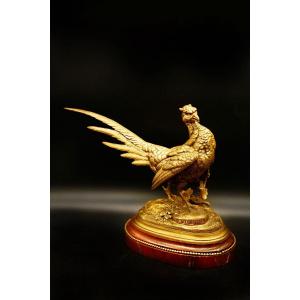
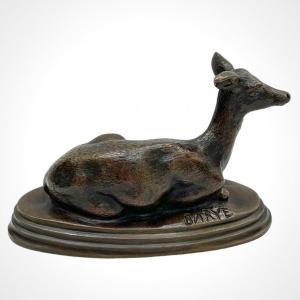
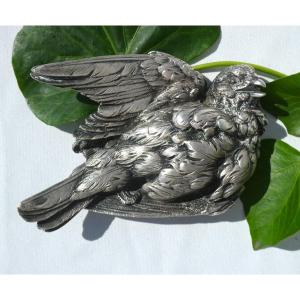



 Le Magazine de PROANTIC
Le Magazine de PROANTIC TRÉSORS Magazine
TRÉSORS Magazine Rivista Artiquariato
Rivista Artiquariato